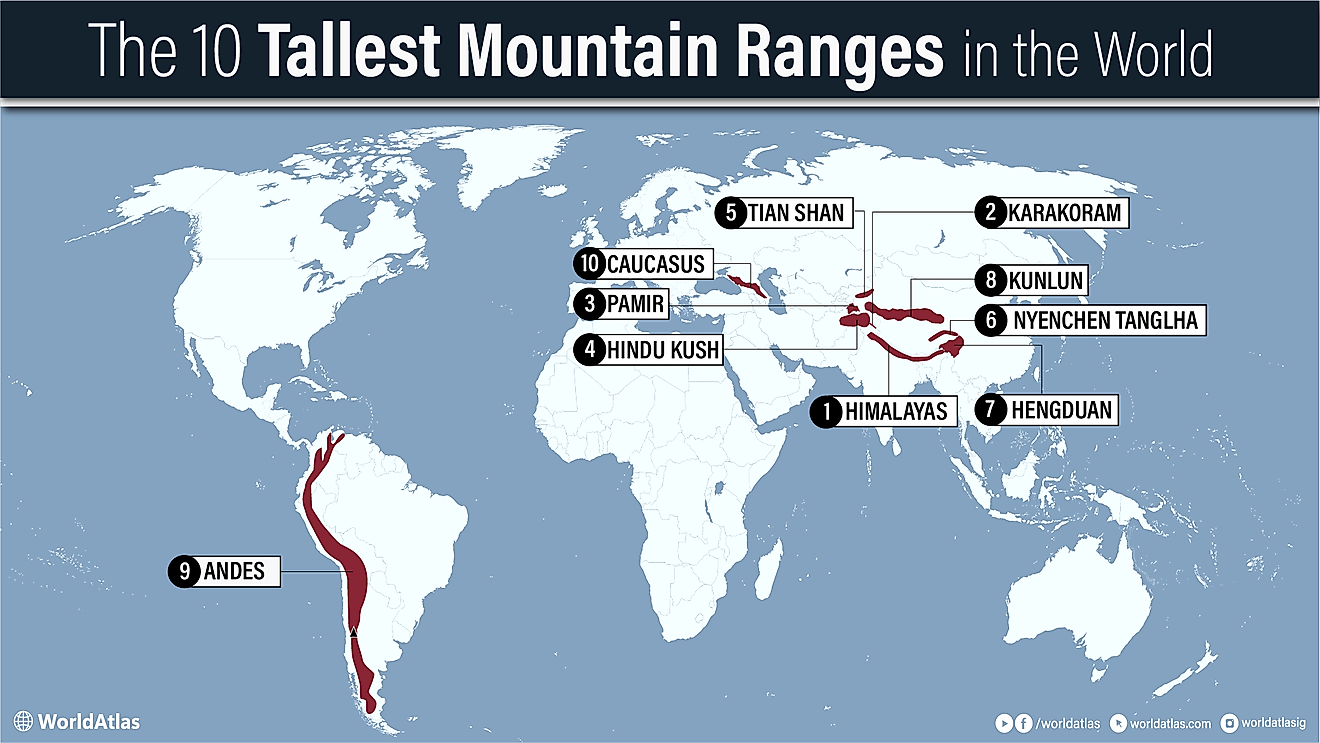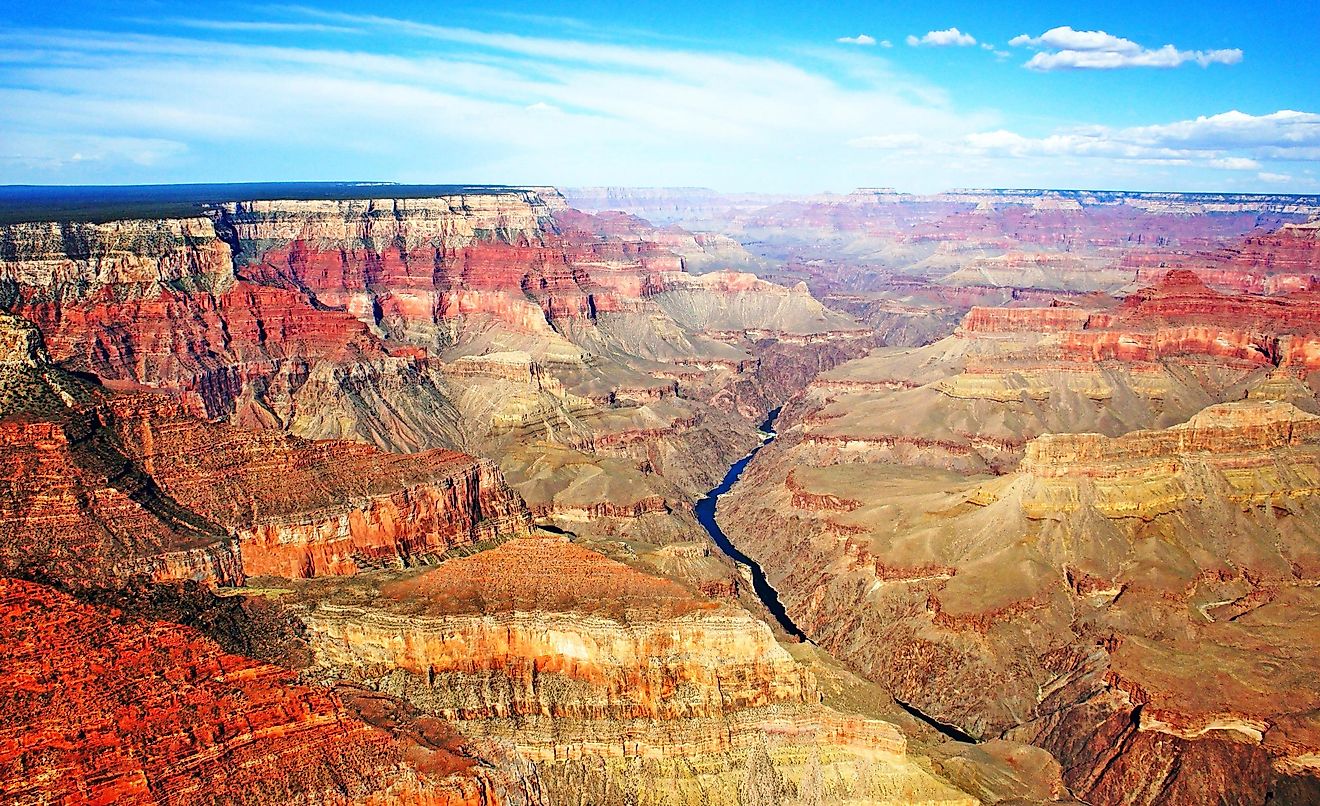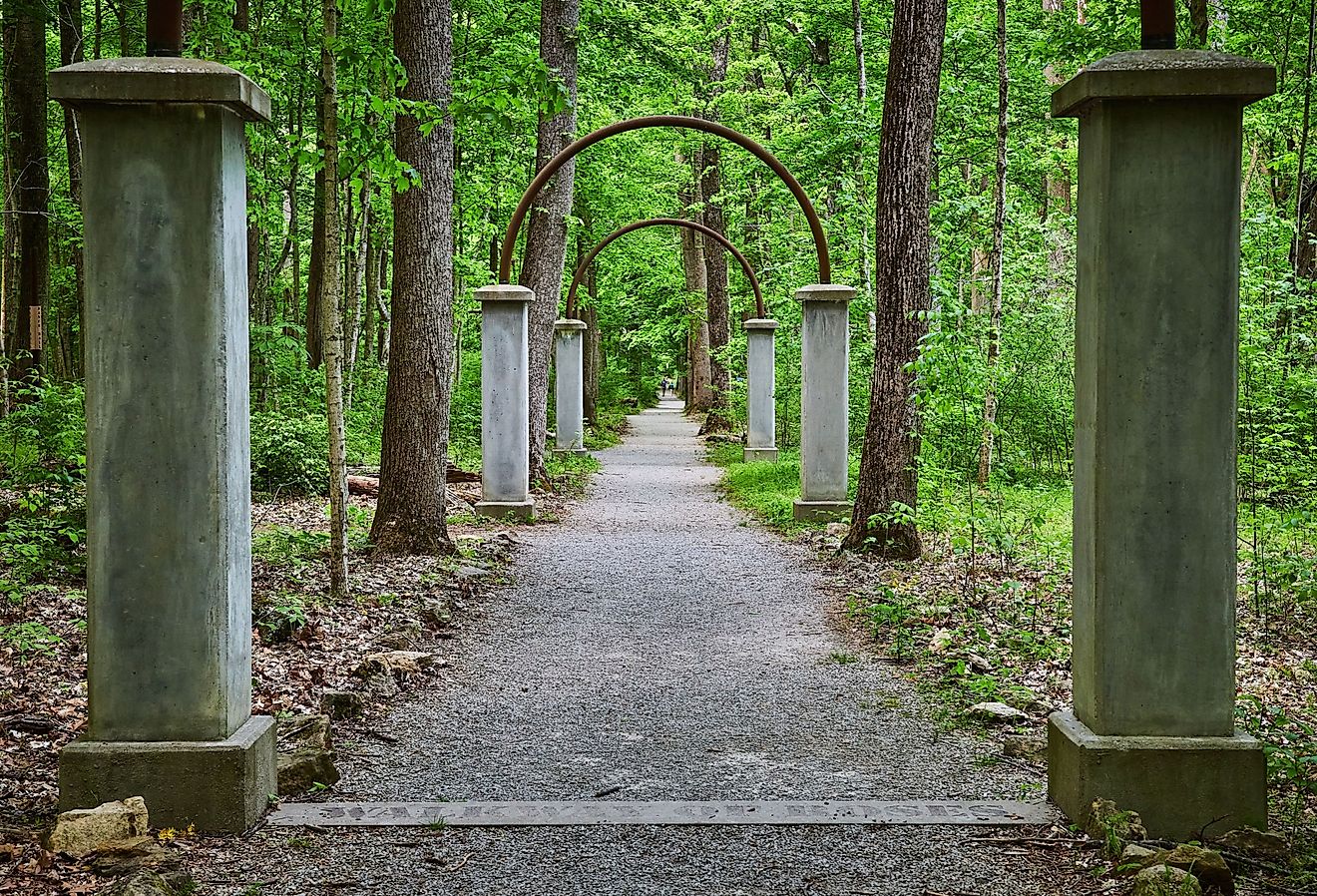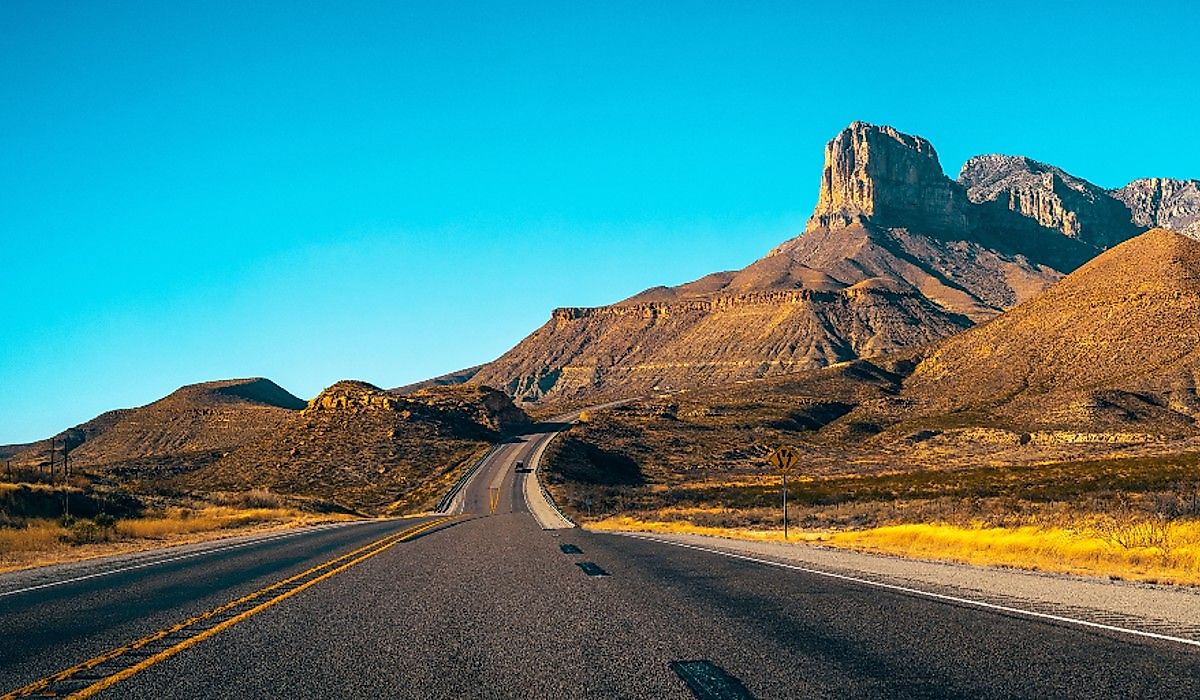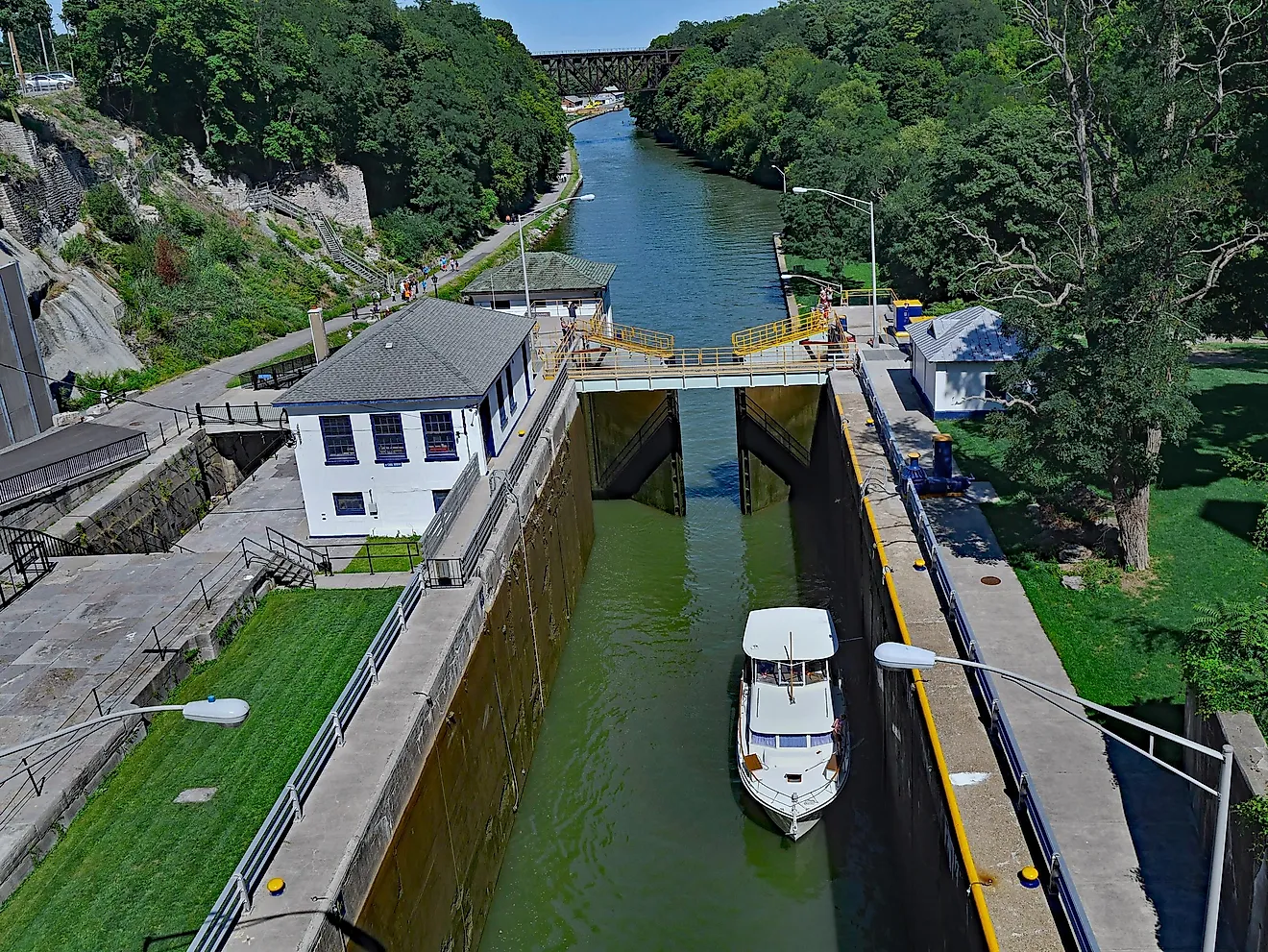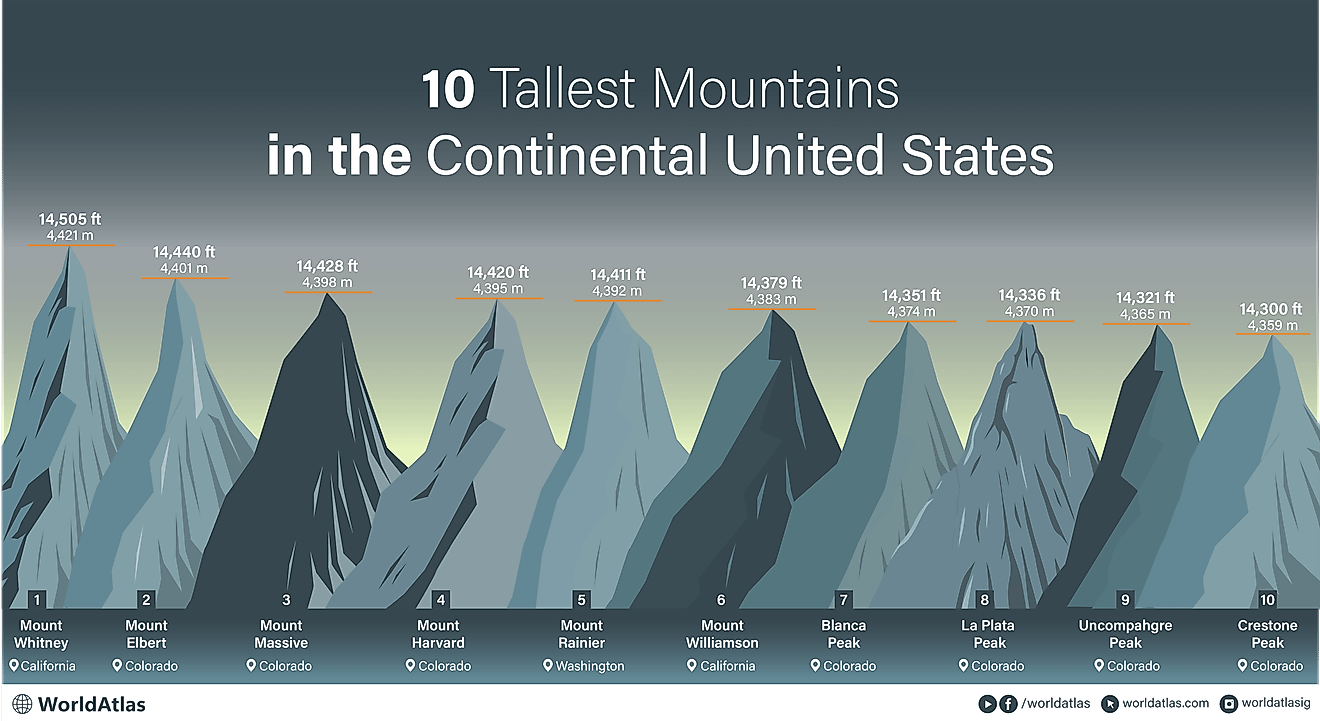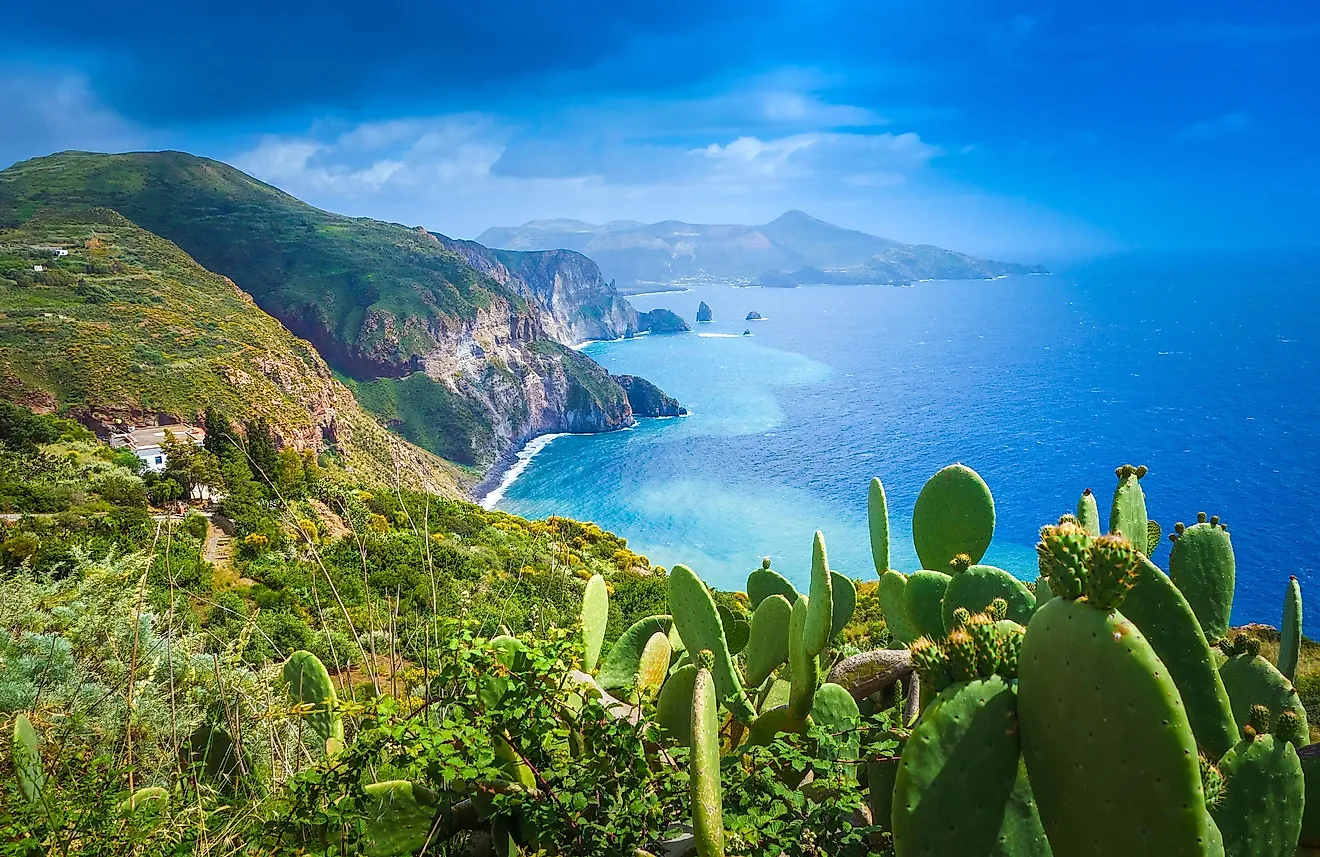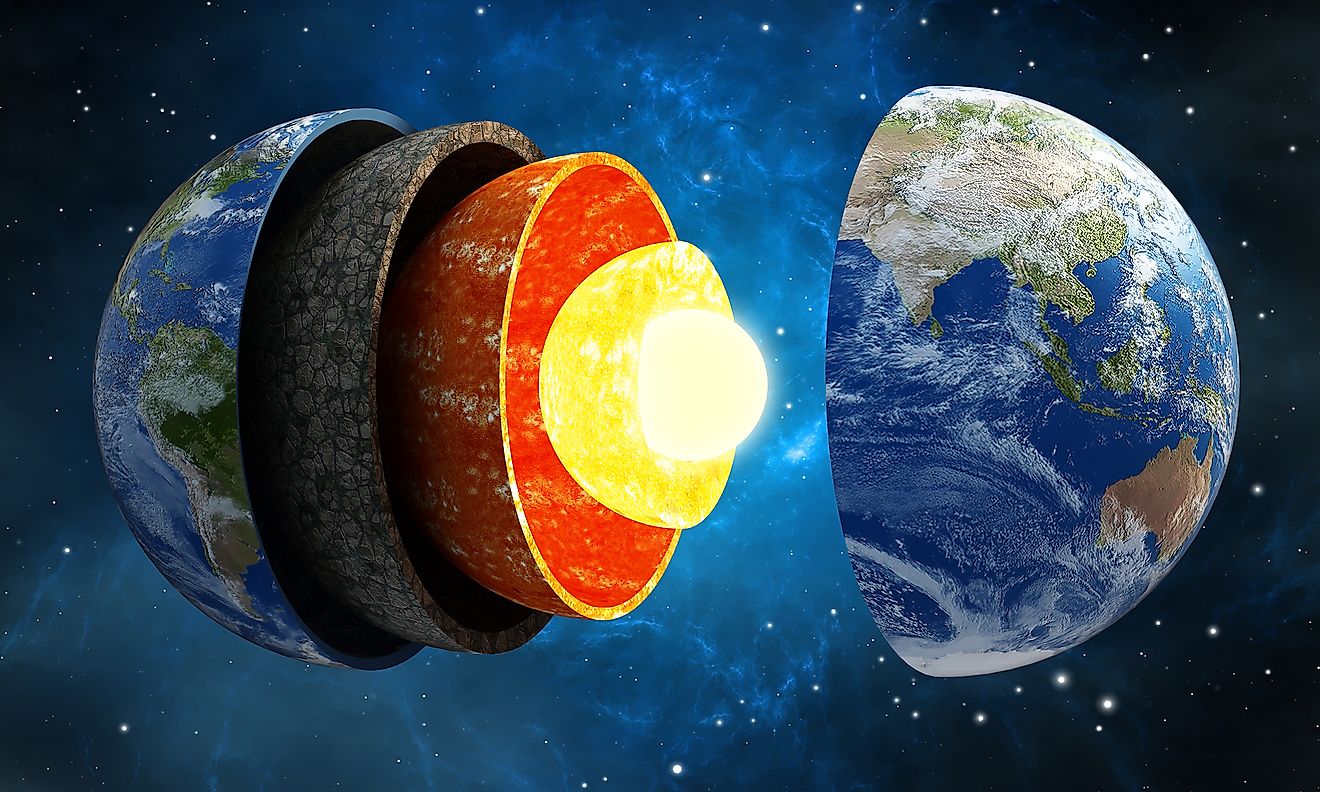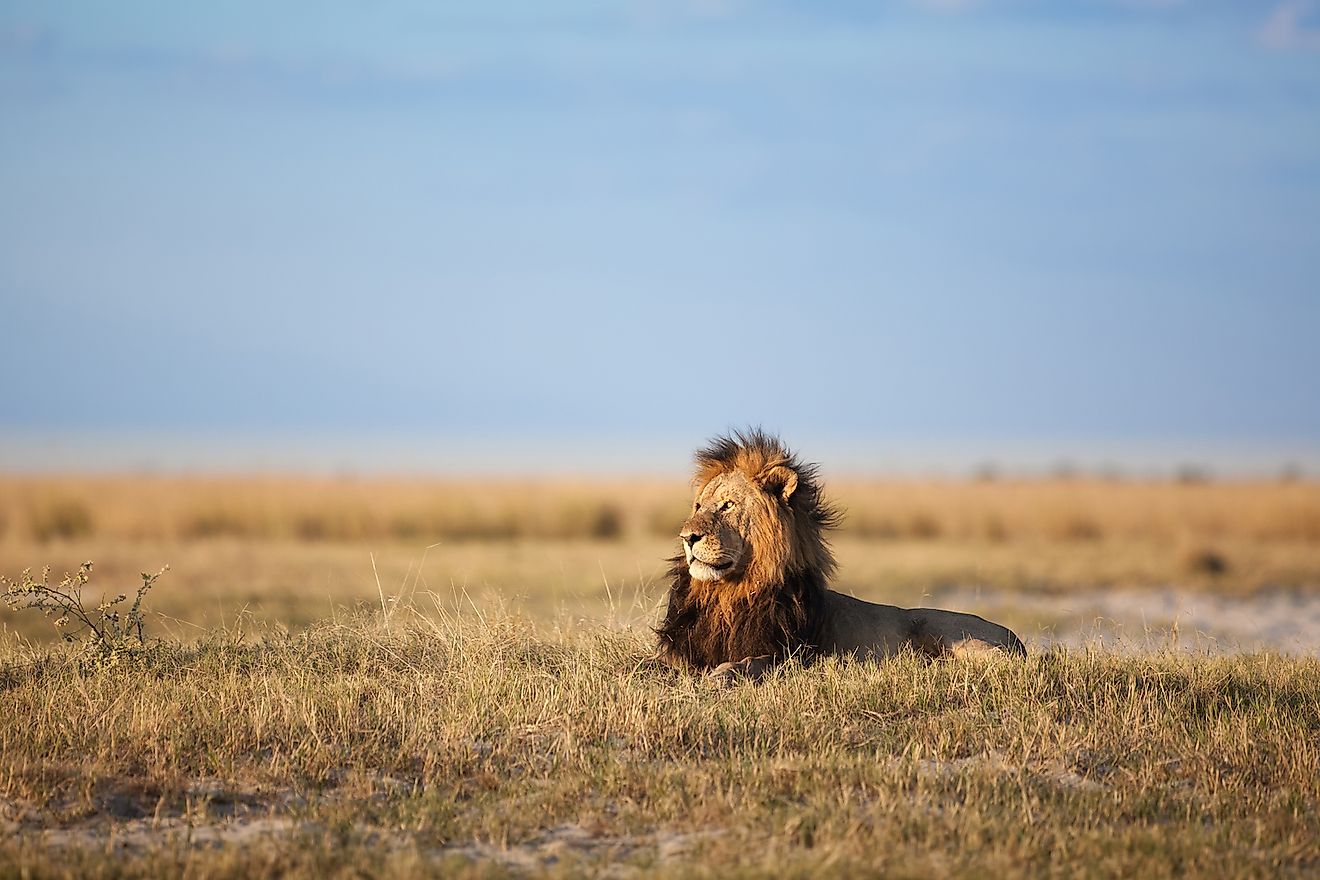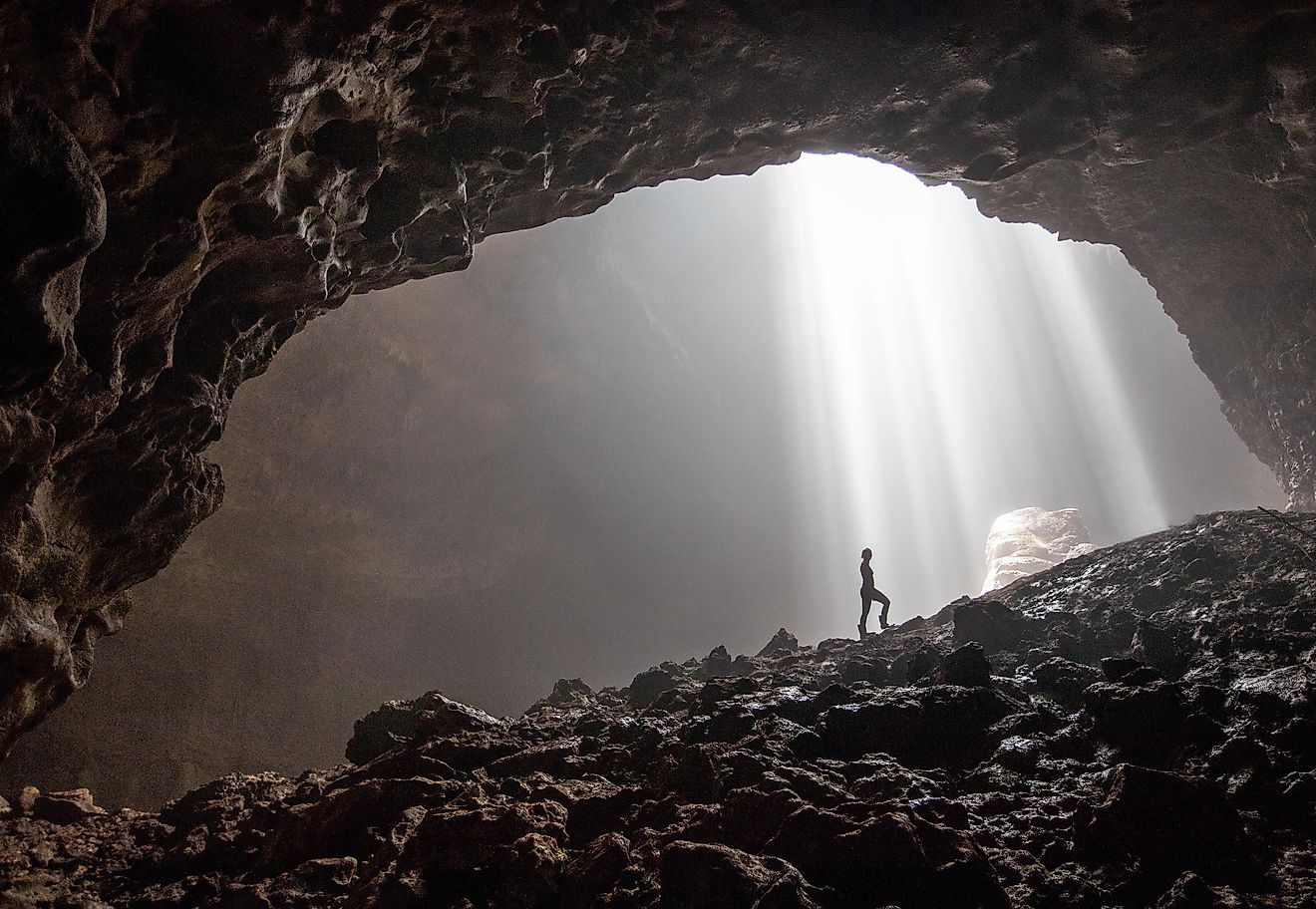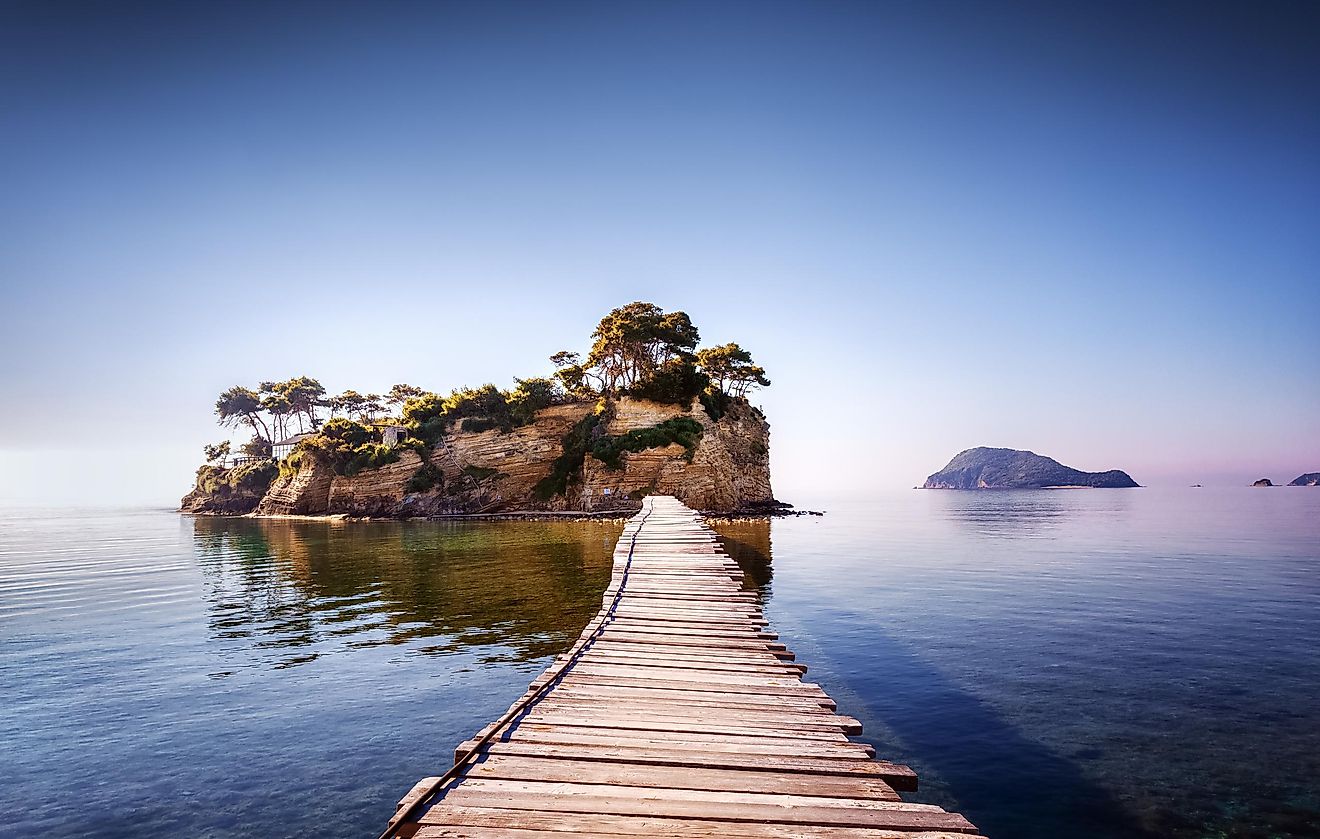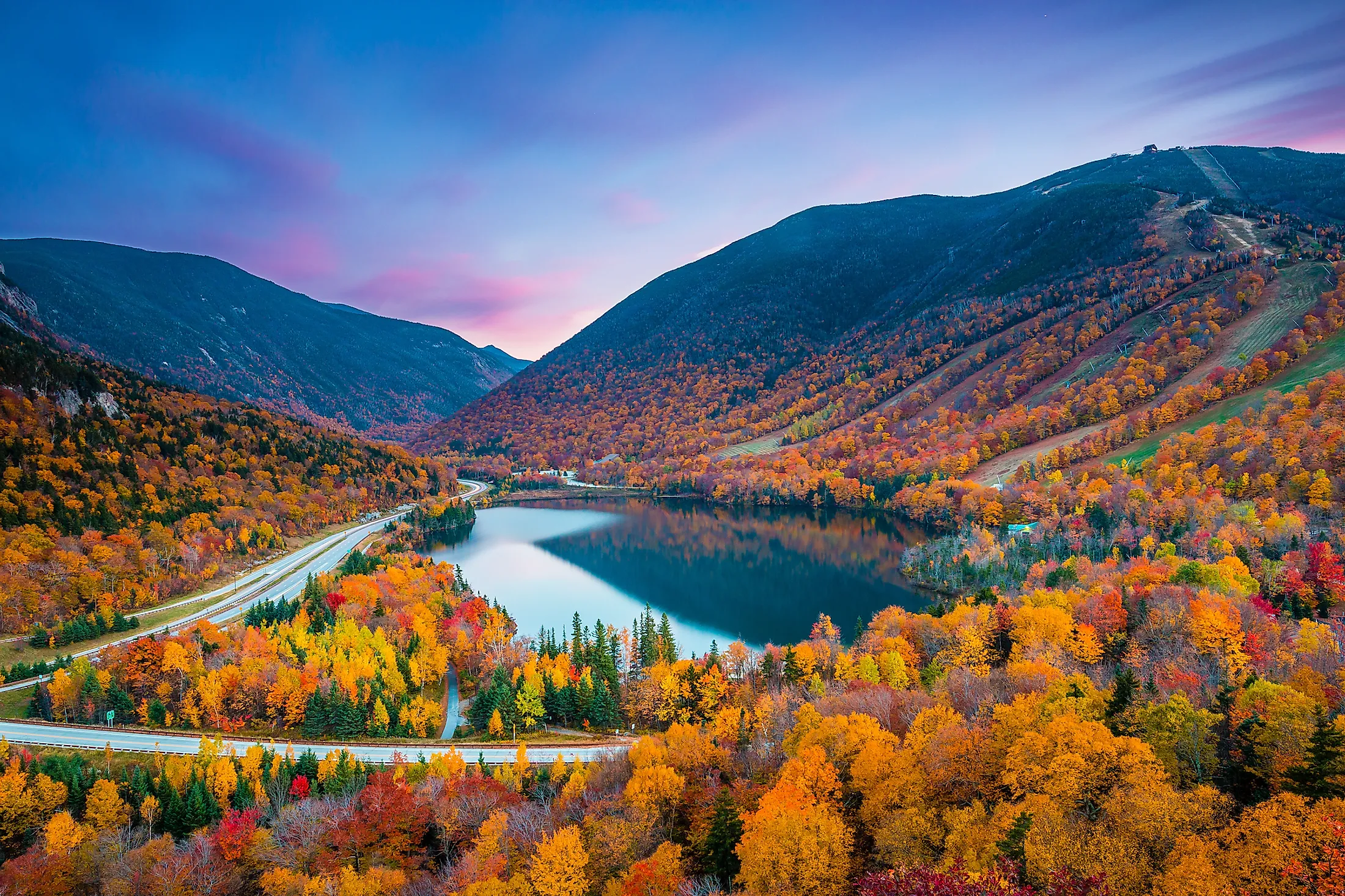
White Mountains
The White Mountains are one of the most ruggedly picturesque mountain ranges on the northeastern coast of the U.S. states of New Hampshire and Maine. The White Mountains, with their tightly packed evergreen forests and steep granite cliffs, are an outdoor enthusiast's dream for hiking, skiing, climbing, and a variety of other adventure activities.
Geography Of The White Mountains
The White Mountains are a section of the Appalachian Mountains in the United States that stretches for 87 miles (140 km) across north-central New Hampshire and into western Maine. The White Mountain National Forest includes a great portion of the White Mountains. These mountains are the highest points in the northeastern United States. The Presidential Range is a continuous chain of different summits named after U.S. presidents that includes the highest peaks, on average ranging between 5,000 and 6,000 feet (1,500 and 1,800 meters). The White Mountains of New Hampshire have 733 named mountains.
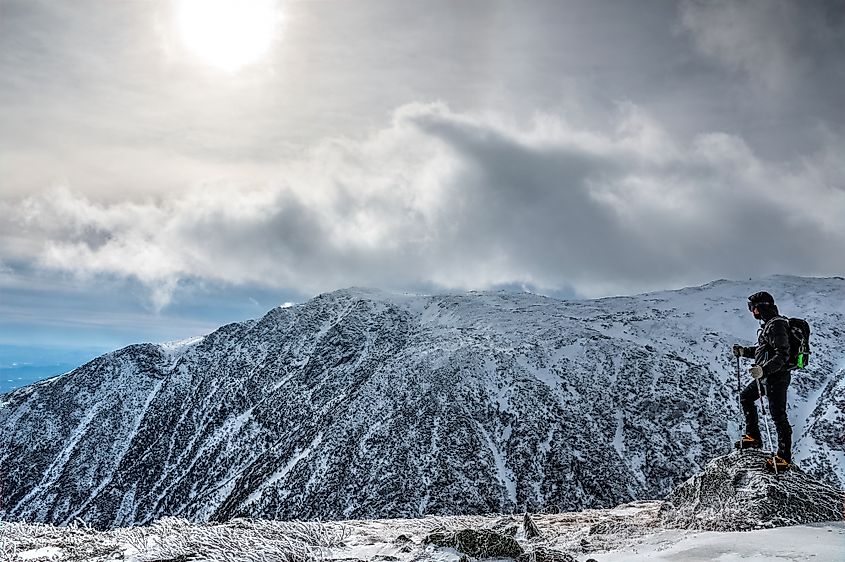
Mount Washington, the largest and most visible of these mountains, rises at a solid 6,288 feet (1,917 meters), making it Northeastern U.S.'s tallest peak. The Franconia Mountains, as well as the Carter-Moriah and Sandwich ranges, are also subranges. The many rounded passages, known locally as notches and sculpted by mountain glaciers, are notable features; the most picturesque are Crawford, Dixville, Franconia, Kinsman, and Pinkham notches. The Ammonoosuc and Androscoggin River basins form the mountains' northern border. While the White Mountains' summits do not exceed 6,500 feet (1,981 meters), they nevertheless have some of the most arduous hiking terrain and the worst weather in the continental United States.
Geology
Geologists estimate that magma intrusions created the White Mountains roughly 124 to 100 million years ago as the North American Plate moved westward across the New England hotspot. These magma intrusions carved out the granitic mountains and cliffs that earned New Hampshire the nickname "The Granite State." Hundreds of millions of years after the mountains were built, they were subjected to extensive glaciation, which smoothed over their summits and carved out the massive U-shaped valleys of the White Mountains. These U-shaped valleys are now popularly known as "notches" and include the well-known Pinkham Notch and Franconia Notch in the range's northern reaches. Further evidence of this glaciation may be seen in the glacially carved cirques that make up the backcountry skier's havens of Tuckerman's Ravine on Mount Washington and King Ravine on Mount Adams.
Weather
According to the Köppen climate classification, the White Mountains have a "Dfb" climate subtype (Warm Humid Continental Climate) that is characterized by hot and humid summers and cold to freezing winters with evenly distributed precipitation throughout the year. The average annual temperature is 5 °C, with July and January recording the highest (19°C) and lowest (4°C) average temperatures, respectively. On average, the White Mountains get 537.5 mm of precipitation each year. The average annual relative humidity is around 77%, with a wind speed of 18km/h.
Brief History
The White Mountains of New Hampshire were colonized far later than the seacoast and the rest of New England in the late 18th century. Towns were not granted, and inhabitants did not come until the end of the French and Indian War in 1763. Most arrived with few belongings, many on foot, and had little, if any, additional cash. They discovered difficult mountains, numerous rivers, lakes, and streams, and relatively an untouched forest spanning practically the whole region. The mountains made travel difficult, with just a few routes available. The early European settlers had to clear land for farming and dwellings, erect crude homes, build mills to process their grain, and saw lumber for their installations and roadways. By the early 1800s, there were numerous rich, but tiny towns, and the population was quickly growing. The plentiful forest resources contributed significantly to the prosperity. Huge changes occurred during the following 100 years. The Industrial Revolution irreversibly altered the area's rural character. Tourism has become a significant sector. Visitors to the White Mountains and the White Mountain National Forest today find a vibrant, verdant forest. However, while we now just see trees, there were once entire villages that have since been abandoned.
Wildlife In The White Mountains
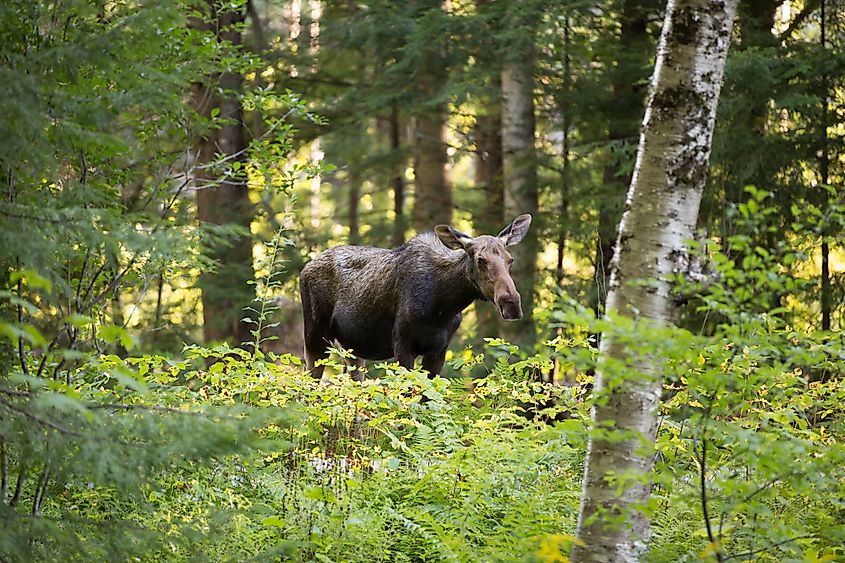
Wildlife abounds in New Hampshire's hills, beaches, lakes, and forests. There are around 500 native animal species in the state. Most of the common northern forest creatures, shorebirds, and marine mammals are included.
Predators
Coyotes, bobcats, red foxes, gray foxes, and wolves live in New Hampshire's woods and mountains. These nocturnal predators prey on white-tailed deer, rabbits, mice, and other small wild animals. The woodlands are also home to black bears and moose.
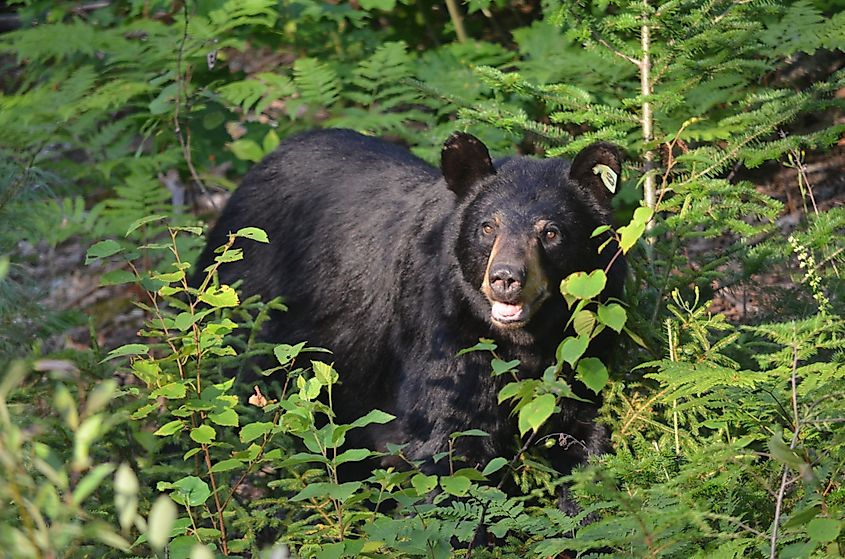
Small Mammals
Small wild animals abound in New Hampshire's hills and woodlands. Snowshoe hares, southern bog lemmings, northern bog lemmings, American martens, and smoky shrews are frequent. You'll encounter familiar tiny wild critters like raccoons, opossums, and skunks, as well as some unusual ones like porcupines, southern flying squirrels, and fishers. The forest jumping mouse, white-footed mouse, woodchuck, and groundhog are among its rodents. River otters, muskrats, weasels, and beavers are common on New Hampshire's lakes. The state also boasts a large number of native bat species.
Fish
The majority of the species found in the cooler waters of the North Atlantic may be found in New Hampshire. Coho salmon, Chinook salmon, Atlantic sturgeon, herring, shad, and smelt are among them. Striped bass, bluefish, Atlantic cod, and many flounder species, including white flounder, witch flounder, and smooth flounder, are all popular marine fish. Dolphins, porpoises, pilot whales, and harbor seals are among its marine animals.
Birds
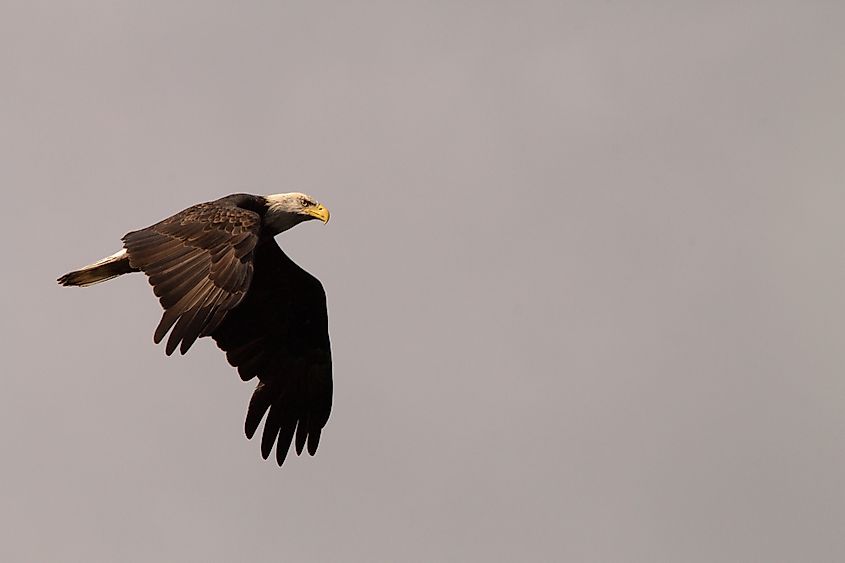
Waterfowl, woodland birds, and shorebirds are among the hundreds of bird species found in the state. Ruffed grouse and ring-necked pheasant are among its game birds. The eastern bluebird, indigo bunting, snow bunting, hermit thrush, gray catbird, mourning dove, dark-eyed junco, and ruby-crowned kinglet are all common woodland birds. Its raptor species include golden eagles, rough-legged hawks, and several owl species.
Reptiles And Amphibians
Frogs and other amphibians abound throughout New Hampshire. Among the species to be found in the woods are the northern leopard frog, mudpuppy, and gray treefrog. Common turtles, such as spotted turtles and snapping turtles, can be seen. Timber rattlesnakes, common garter snakes, and redbelly snakes are among its natural snakes.
Insects
The native insects of New Hampshire range from beetles to butterflies. The state's natural butterflies include the monarch butterfly, white mountain fritillary, and frosted elfin butterfly, all of which are threatened.
With charming byways, a plethora of hiking paths, and breathtaking scenery, it is no surprise that people travel from all over the world to enjoy outdoor experiences in the White Mountains.

